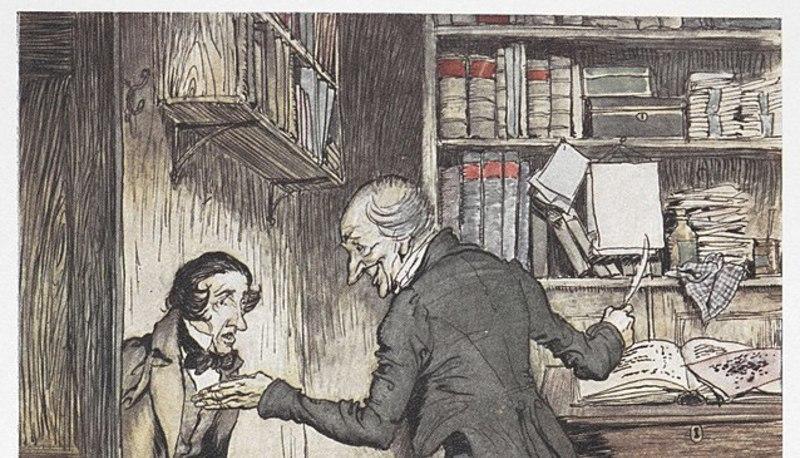Concetti Chiave
- Charles Dickens was born in 1812 in Portsmouth and experienced poverty firsthand, influencing his later works.
- His early life was marked by hardship, including working in a factory due to his father's imprisonment.
- Despite limited education, Dickens became a successful journalist and author, highlighting social issues.
- He vividly depicted the struggles of the poor in the Victorian Age through novels like "Oliver Twist" and "David Copperfield."
- Dickens used fog as a metaphor for the inefficiency of the Court of Chancery, symbolizing its blind justice.
Infanzia e prime esperienze lavorative
He was born in Portsmouth in 1812.
His father went to prison when he was 12, so he had to go to work in a factory and in this way he could understand the misery of poor people especially the problem of exploitation of children.
He had a bad education because he went in a poor school. When he was 16 he has to work in a loyal office, then he became a clerk, then a parliamentary reporter.
Carriera e vita personale
He started to write sketches, he became a good journalist.
He married and have a lot of children but then divorced and he married another young girl.
He wrote about poor people, the way they lived. But he didn’t do any action to change this situation: he only wrote.
He shows the misery of Victorian Age in:
- A Christmas carol
- Oliver Twist
- Papers of the Pickwick club
Simbolismo e comicità
Fog and mud are here the sombre symbols of the court of Chancery and its procedures.
Dickens had served as reporter in his youth and he had come to know the inefficiency and injustice of this institution.
In the some way as the fog cover the islets and the city, the Court of Chancery is blind and obscure.
Anyway there is a comic side: how people walked, denounce think not
good also if he saw the comic side of this way of living.
The humour of this episode is in the fact that everyone is in good faith:
Mrs. 
The man is bewildered when she put her arms round his neck.
His 3 friends imagine they’ve interrupted a tender love-scene, and only the reader knows what has really happened.
It’s a misunderstanding based on the incommunicability of the two characters, each following their intention.
Domande da interrogazione
- ¿Cuál fue el impacto de la infancia de Charles Dickens en su obra literaria?
- ¿Cómo representa Charles Dickens la era victoriana en sus obras?
- ¿Qué simboliza la niebla en "Fog in London" según Dickens?
La infancia de Dickens, marcada por la pobreza y el trabajo en una fábrica debido al encarcelamiento de su padre, le permitió comprender la miseria de los pobres y la explotación infantil, temas que reflejó en sus escritos.
Dickens muestra la miseria de la era victoriana en obras como "A Christmas Carol", "David Copperfield", "Oliver Twist" y "Papers of the Pickwick Club", aunque no tomó acciones directas para cambiar la situación.
En "Fog in London", la niebla simboliza la ineficiencia e injusticia del Tribunal de Cancillería, reflejando cómo esta institución es ciega y oscura, similar a cómo la niebla cubre la ciudad.







 Accedi a tutti gli appunti
Accedi a tutti gli appunti
 Tutor AI: studia meglio e in meno tempo
Tutor AI: studia meglio e in meno tempo